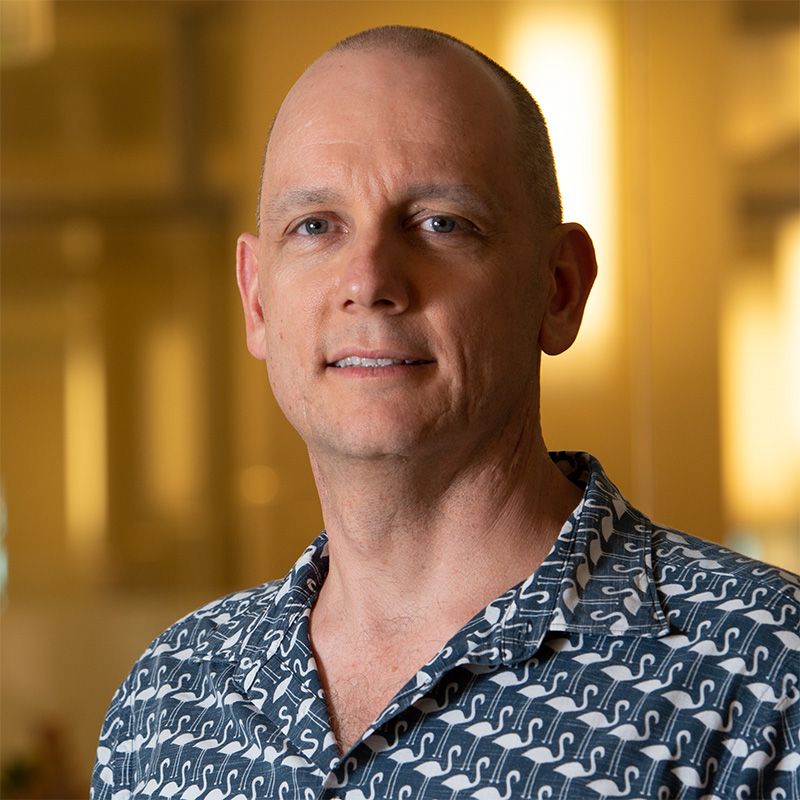Supervisors

- Position
- Professor
- Division / Faculty
- Faculty of Science

- Position
- Senior Lecturer in Statistical Data Science
- Division / Faculty
- Faculty of Science
Overview
Stochastic simulation-based models are very attractive to study population-biology, disease transmission, development and disease. These models naturally incorporate randomness in a way that is consistent with experimental measurements that describe natural phenomena.
Standard statistical techniques are not directly compatible with data produced by simulation-based stochastic models since the model likelihood function is unavailable. Progress can be made, however, by introducing an auxiliary likelihood function can be formulated, and this auxiliary likelihood function can be used for identifiability analysis, parameter estimation and prediction. Our recent work has illustrated how to formulate an auxiliary likelihood function for a stochastic model of heat transfer in layered tissues motivated by clinical experiments used to understand burn injury (Simpson et al. 2021.).
In this project we will continue to develop and deploy auxiliary likelihood functions for identifiability analysis, parameter estimation, and prediction within a likelihood-based framework. While it is straightforward to construct likelihood-based predictions and prediction intervals for deterministic differential equation-based models, making predictions from simulation-based stochastic mathematical models has received far less attention and there are many options for developing new methodologies and applying these ideas to practical datasets. Within this project we will develop and apply stochastic simulation-based models of tissue growth, wound healing and cancer progression to ensure that our new methodological developments are grounded in a practical setting.
This topic could be tailored into various subprojects appropriate for VRES, Honours, MPhil and PhD level project.
Research activities
- Develop stochastic models for common biological processes.
- Implementation of stochastic simulation schemes.
- Development and implementation of auxillsry likelihood function.
- Make likelihood-based predictions using the auxillery likelihood function, and evaluate those predictions using the simulation-based model.
- Apply the new methodologies and algorithms to data describing tissue growth, cancer progression and wound healing.
Outcomes
- Algorithms and software for statistical analysis of data using stochastic simulations.
- New methods for making likelihood-based predictions from simulation-based mathematical models.
- Opportunities for implementing algorithms within a high-performance computing environment.
- Opportunities for collaborating with experimental researchers from the faculty of Health and the faculty of Engineering (optional).
Skills and experience
- Basic understanding of probability or stochastic modelling.
- Programming abilities (preferred languages are MATLAB, R, Python, or Julia).
- Understanding of statistical inference or data science is desirable.
- Experience working with real data is desirable.
Keywords
Contact
Contact the supervisor for more information.